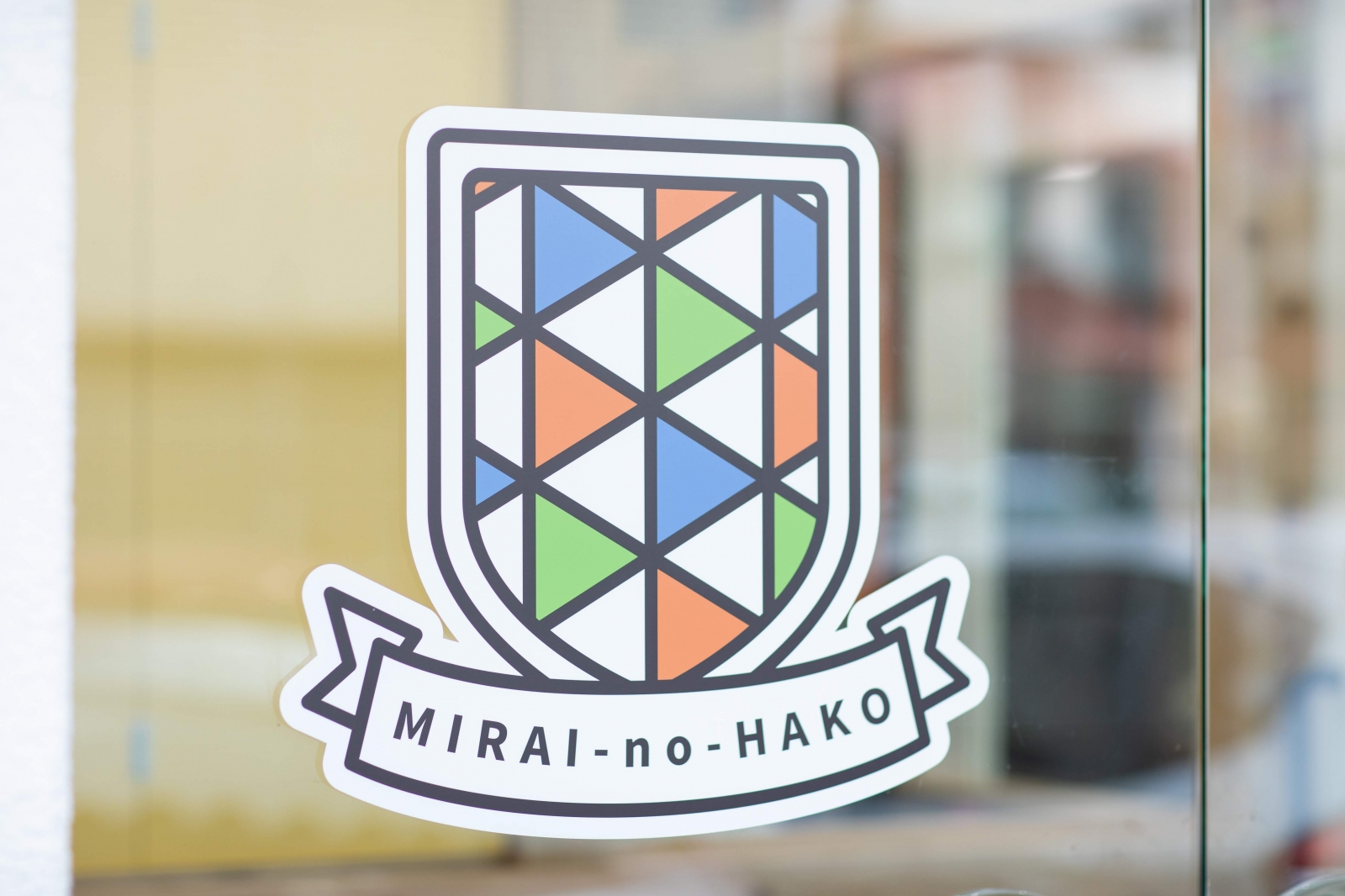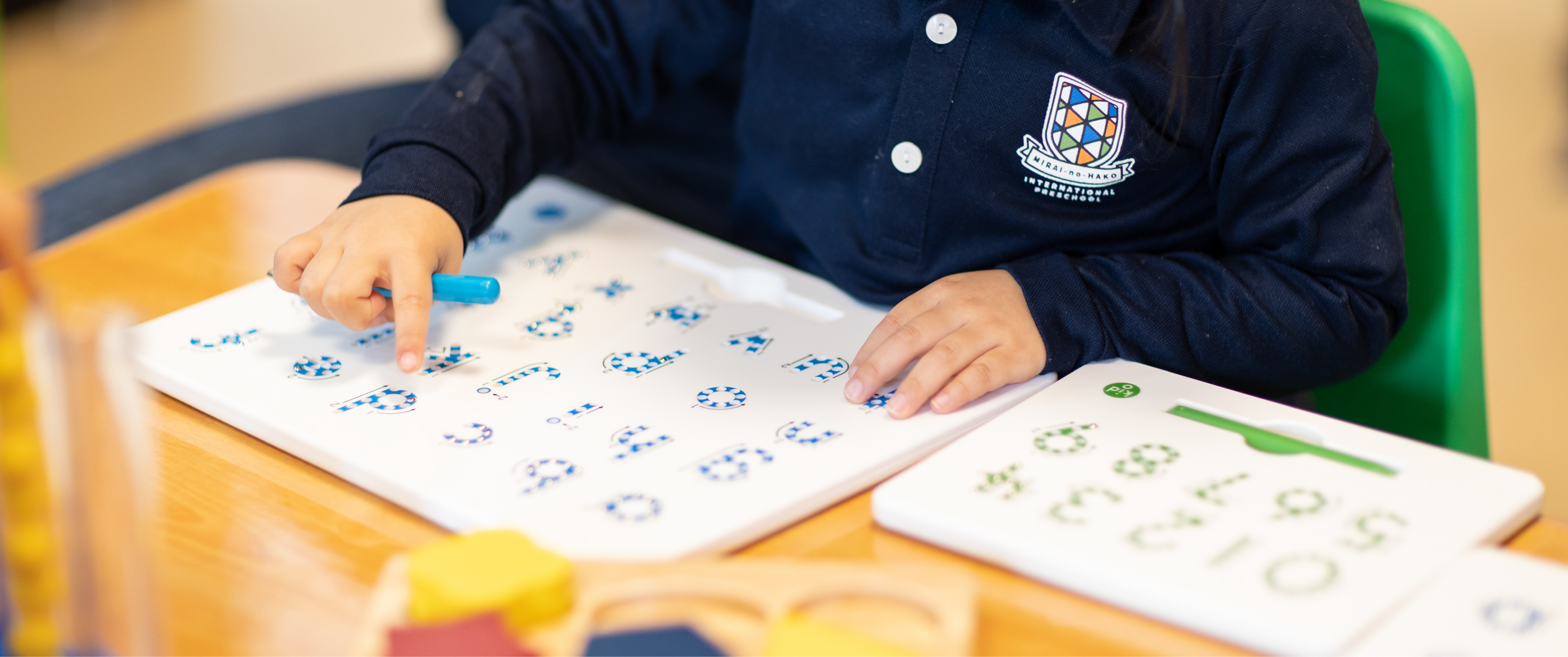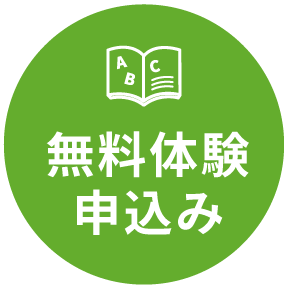Mirai no Hako English Guide

We are an ICT international school specializing in STEAM for early learners.
After receiving an education from Mirai no Hako, children will:
- Contribute to, and connect to their world
- Be self-motivated and confident learners
- Be effective communicators
- Confidently use technology to problem-solve and answer questions about the world
- Successfully transition into Elementary School
STEAM
- STEAM is more than just a series of subjects
Simply put, STEAM is an acronym meaning Science, Technology, Engineering, Art and Math. However, it actually means a lot more than this. STEAM is a more natural approach to teaching, especially for younger learners.
It is a way of thinking about how all teachers —and even parents— can help learners connect their understanding of a concept, to join their thinking in a holistic way.
For example, In a traditional classroom something such as, ‘Why do leaves change color?’, would simply be taught in a science lesson. The learning goal would be ‘Understanding Photosynthesis’, and this type of class could be taught without ever leaving the classroom or actually ever looking at a leaf.
In a STEAM class though, we might start with the topic of ‘a leaf’. Just from this, we have so many opportunities for learning!
For example, we could go to a park to take pictures and to collect green, yellow, red, and brown leaves. We can count them, categorise them in shape and size, or even sort them into colors. Then by asking questions about why the colors are different, we can learn about why trees have leaves, learn about their purpose and create a meaningful understanding that the learners will carry forever. Doing these activities in English, means that a simple science class has suddenly become a fun-filled cross-curricular learning experience. Learning is strengthened when the same skills, ideas, and concepts are carried into different contexts.
- STEAM is a holistic approach to learning that uses principles of Science, Technology, Engineering, Arts, and Mathematics to provide meaningful learning opportunities.
ICT
- What is ICT and what can my child do with it?
ICT, or Information and Communication Technologies, allow us to gain access to information and communicate with one another. In an Early Childhood Education (ECE) environment, ICT would refer to any learning technologies used in the classroom. This includes, but is not limited to: programmable toys, the internet, tablets and computers, education software, Artificial Intelligence “smart assistants”, and so on.
- ICT matters in Early Childhood Education!
Global research suggests a few reasons why ICT is relevant in an Early Childhood environment. First, these technologies already exist in the world around us. Technologies that ease us through our day are just a small example of ICT. If your child can use your smartphone, then they are already using Information Tools! Also, these tools give us new opportunities to strengthen the learning environment. It provides chances to: support children’s learning and play experiences, support teachers, encourage professional development, and strengthen relationships between educarers, guardians, and students. Everyone benefits!






